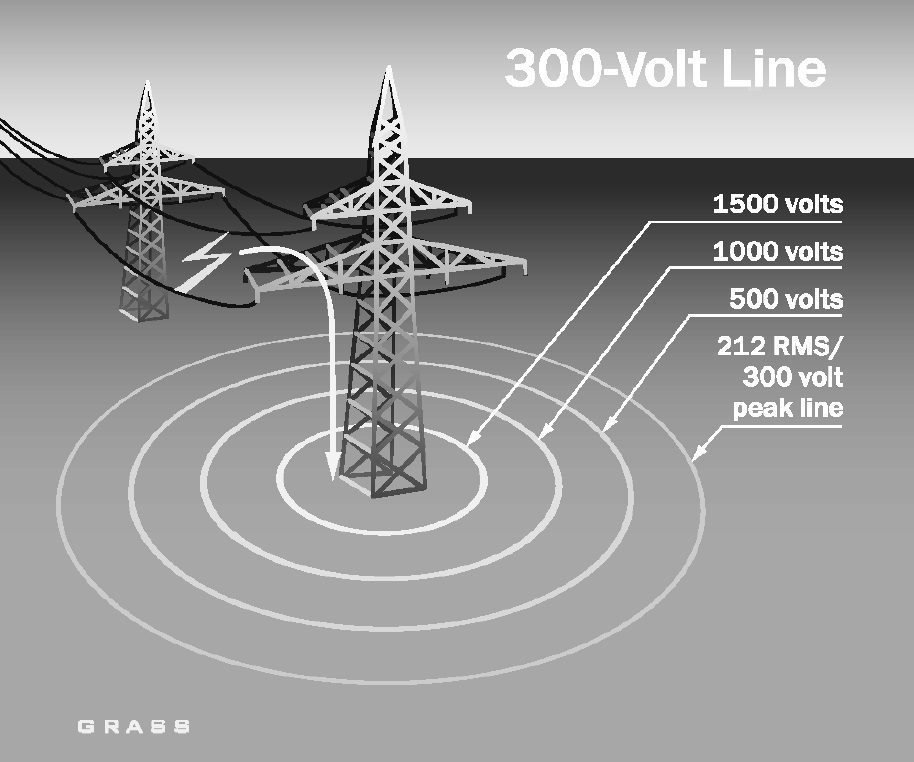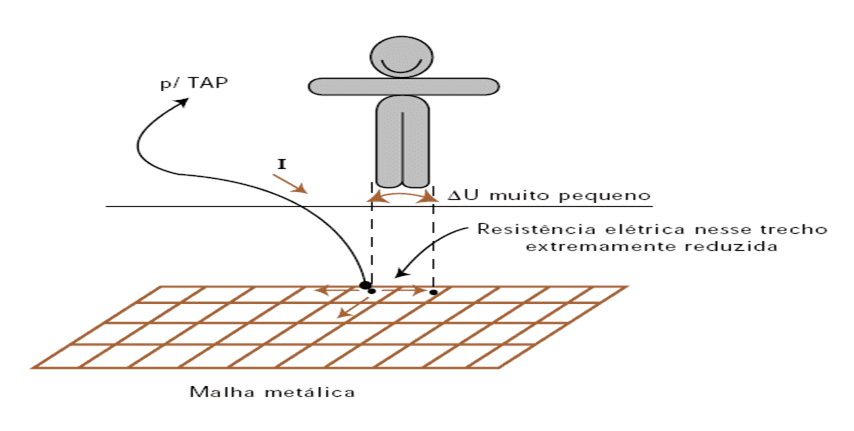How a lighting can kill many animals at the same time? The answer is step voltage and the explanation of this phenomena is the post’s subject.
The step voltage phenomena
When a lighting hit a point on Earth, an electric potential is generated on this point. The voltage on soil goes down when its further away from the point where the lighting hit, due to current dissipation. The electric voltage in a point, produced by a lighting, can reach millions of volts, more than enough to break soil’s dielectric, by that, transform it a conductor.

The electric current produced by step voltage is more dangerous to four-legged animals than to two-legged ones. Because this current can pass through vital organs on four-legged animals, while on people, current only passes through bottom part.


Protection measures
- Walk with short steps in risk areas to minimize potential difference between the legs.
- During storms, people and animals must stay far away from trees, because there is considerable probability of lighting hit the trees.
- Some risk areas have a grounding metallic mesh (Malha metálica) inside the soil, to minimize potential difference between different distances. Technical standards for implementation must be followed.




